Modern Witchcraft and Why You Should Not Burn Me at the Stake
You may have come across the spiritual side of social media, like the hashtag ‘witchtok’ on TikTok or ‘witchesofinstagram’ on Instagram. Posts vary from spell tutorials to story times, from shifting realities to people claiming they have ‘hexed the moon’ (largely disrespectful, by the way). Neopaganism is on the rise and social media leaves room for many misconceptions, all based on a history of prejudice and witch burnings.
Witchcraft is a nature-based practice and is far from the ‘devil’s work’. It is individual to the practitioner but can entail working with the phases of the moon, the position of the stars (astrology), crystals, herbs, graveyard dirt and more. Spirits may also be engaged – these can include the Fae, deities, spirit guides, ghosts, and other energetic beings. Witchcraft is not used to manipulate free will, but rather attract and manifest by changing the witch’s energy.
It is important to understand that mainstream religions are not free from ‘witchcraft’. Christianity, for example, features many occult practices, like drinking Jesus Christ’s ‘blood’ in the form of wine and eating his ‘flesh’ in the form of bread. Furthermore, Christianity has adopted many pagan traditions. Similarities can be drawn between sabbats and holy days such as Yule and Christmas, like Santa, who originated as the Norse God Odin. Odin was said to ride through the sky on a horse with eight legs at the beginning of Yule, leaving presents for the children – sounds familiar, right? It should be noted that Christmas was not originally celebrated by early Christians as the bible does not actually mention the date of Jesus Christ’s birth, so today’s traditions have largely been derived from other beliefs.
Another area of misinterpretation is the witch burnings. At a time where the Church held major political power, an estimated 40,000 to 60,000 ‘witches’ were executed between the 15th and 19th century. These people were often not actually practitioners of witchcraft and were used as scapegoats for issues Europe was facing at the time, like Europe-wide colder weather, disease, famine, and a rising cost of living. Witch-hunts also benefited the Church for reasons other than spiritual. The Protestant Church and Catholic Church had been competing for new followers and some historians theorise that the witch-hunts were used to convince people that a certain church was taking more action against Satan than the other – a purely political tactic.
It is fascinating to see how centuries-old propaganda has made its way into modern media, our favourite childhood movies, and nostalgic books. Witchcraft can be traced back thousands of years prior to the creations of today’s dominating religions, and evidently, the need to embrace magic is not satanic, but truly part of human nature.


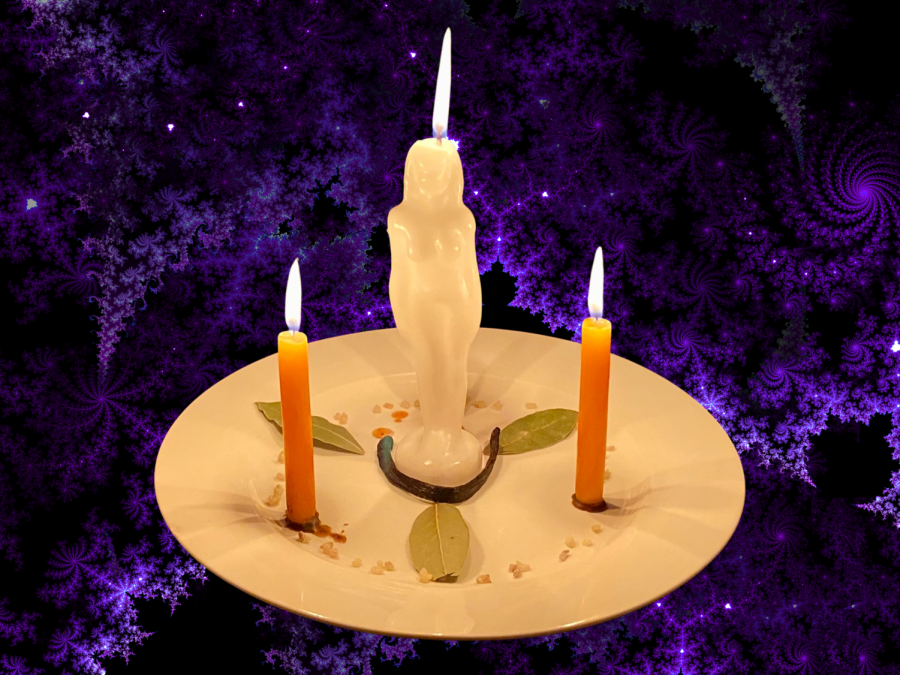

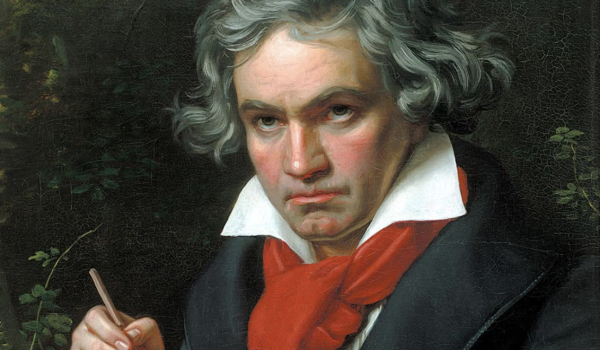
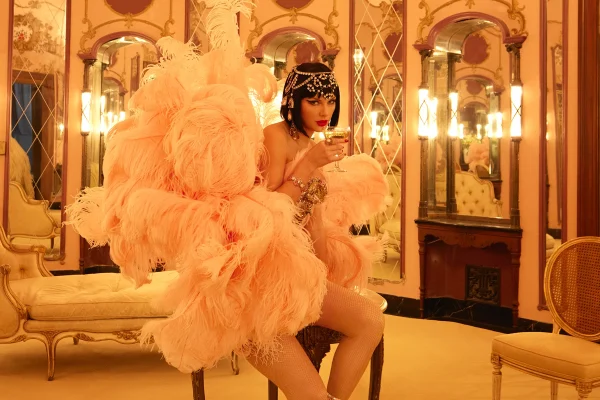
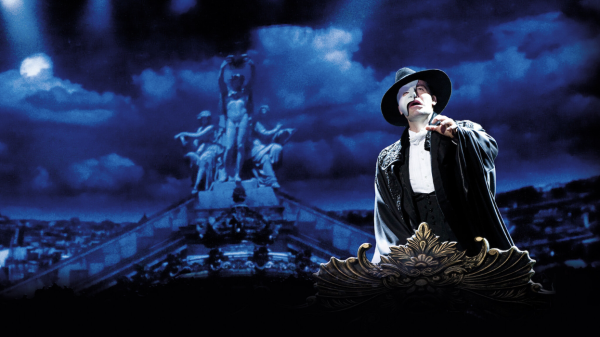
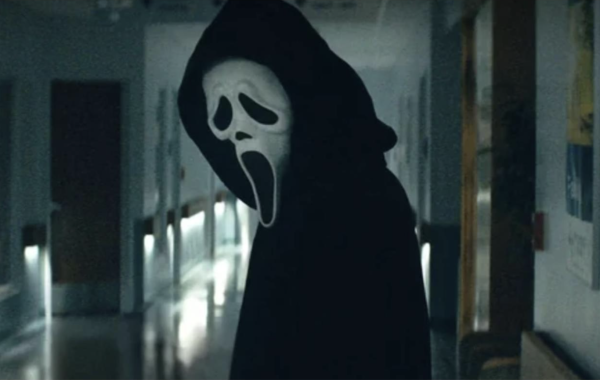
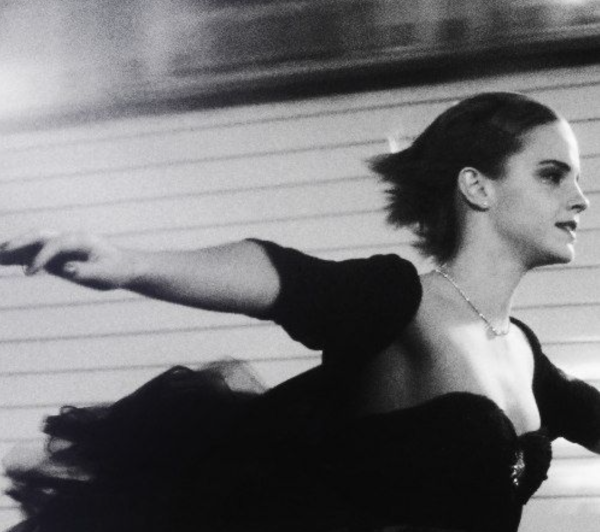
Sydney • Jul 9, 2021 at 4:42 pm
Hey Felicity! 🙂
This article is very interesting, and I enjoyed reading it.
You’re great at writing, and I appreciate the history weaved through.
Awesome,
Sydney.